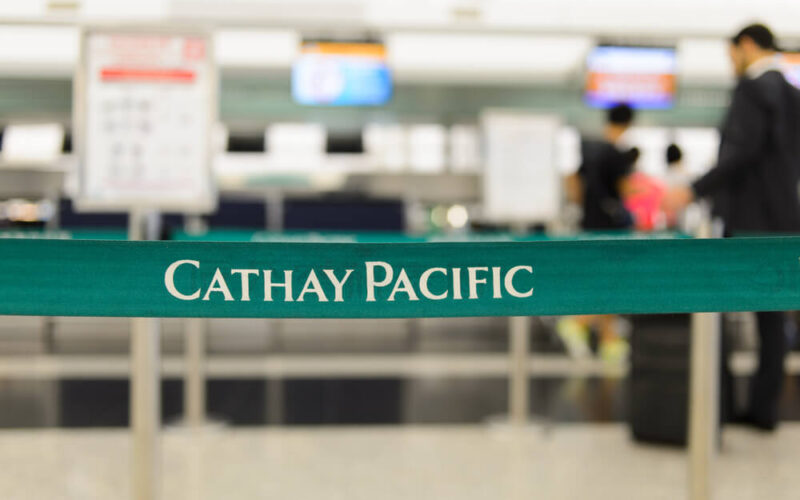Cathay Pacific, amidst a restructuring plan, has announced its results for H1 2019. The airline group, which consists of Cathay Pacific, Cathay Dragon, Air Hong Kong and the recently acquired HK Express showcased that the company is heading towards successfully completing the transformation plan.
Civil unrest within Hong Kong has cast a shadow over H2 2019, as the airline faces a downturn in bookings for the rest of 2019. This can impose problems for the airline which usually demonstrates much better results in H2 of the year. For example, in H1 2018, Cathay Pacific demonstrated a loss of $115 million (HK$900 million), while in the second half it reported a profit of $146 million (HK$1,145 billion).
In H1 2019, Cathay Pacific Group has achieved a net profit of $172 million (HK$1,347 billion), with passenger revenue growing by 5.6% to $4 million (HK$37,449 billion) as the capacity grew by 6.7% – the Hong Kongese airline introduced several new routes in 2018 and 2019, while also increasing frequency and available seats on the most popular destinations within the network. As a result, passenger numbers increased by 4.4% to 18.3 million compared to the same period in 2018.
However, the average yield from passenger services fell by 0.9%. The trade war between China and the United States has also negatively impacted the Cargo division of the group, as revenue (-11.4%), tonnage (-5.7%) and yield (-2.6%) decreased.
Nevertheless, the growth of passenger operations within the airline offset the cargo division losses. Furthermore, the airline managed to reduce its fuel bill from $2 billion (HK$16,046 billion) in H1 2018 to $1.8 billion (HK$14,807 billion) in H1 2019. Overall, the group‘s expenses have declined by 1.7% to $6.6 billion (HK$52,493 billion). This comes as a result of the fleet overhaul to reduce operating costs, as Cathay Pacific has received four new Airbus A350 aircraft as of June 30th, 2019. The group has a total of 69 new aircraft on order: 14 Airbus A350 and 21 Boeing 777X will go to Cathay Pacific, while Cathay Dragon has 32 Airbus A321neo aircraft on order. Cathay will receive most of the newest aircraft in 2021 and beyond if no delays occur.
Gearing up for the future
HK Express, the low-cost carrier based in Hong Kong that was recently acquired by the group, will keep its business model, as low-cost carriers are currently booming in Asia, with LCC‘s offering 29% of seats within the Asia Pacific region in 2018. In 2008, the number was much lower and only accounted for 14% of the total seats on aircraft in the Asia Pacific, according to CAPA data.
The group plans to expand HK Express network, but there is no firm plan to expand its fleet. Currently, the airline operates 13 Airbus A320 aircraft and 11 Airbus A321s.
Recent protests in Hong Kong have already negatively impacted Cathay Pacific – the group foresaw reduced inbound traffic in July and the situation is still “adversely impacting forward bookings”. So far Cathay Pacific has not announced any frequency or flight reductions and “despite headwinds and other uncertainty”, expects to achieve better results in H2 2019 and complete its long-term profitability plan by the end of the year.
While the Hong Kong protests, geopolitical factors and uncertainty of fuel prices can negatively impact the latter half of the year, the progress towards a sustainable business for Cathay Pacific is evident – further reduced operational costs and improved efficiency, acquisition of the only low-cost carrier in Hong Kong and most importantly, a sustained profit from 2018 showcases that the overall turnaround plan is going well for the carrier.

